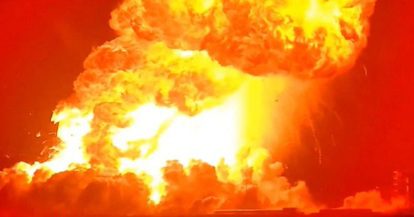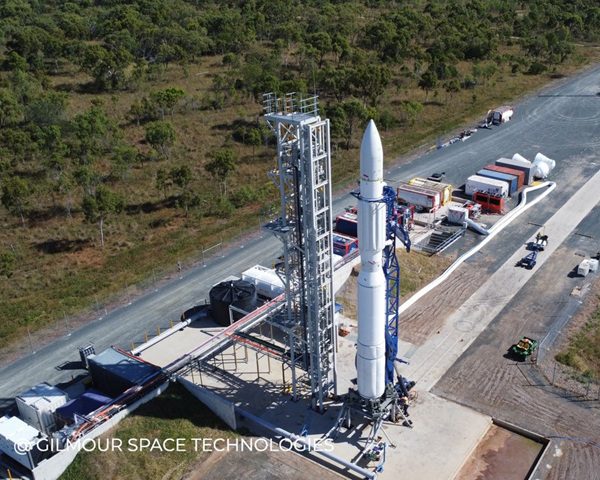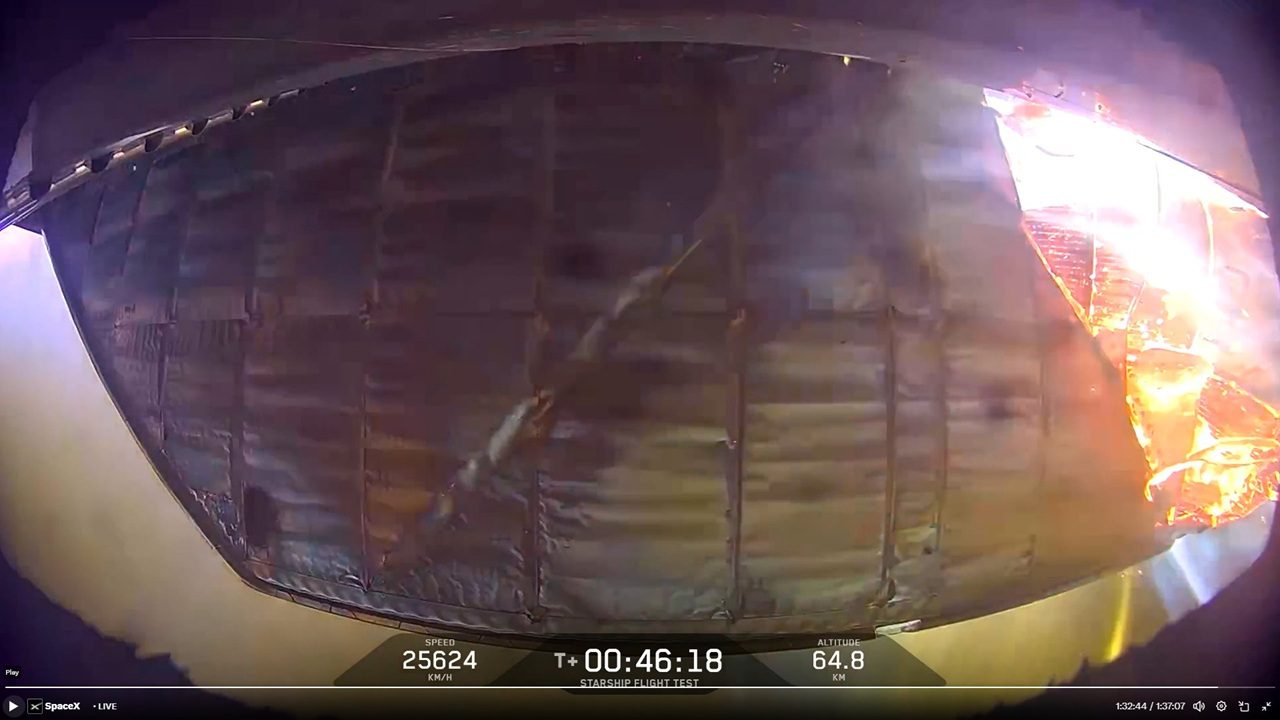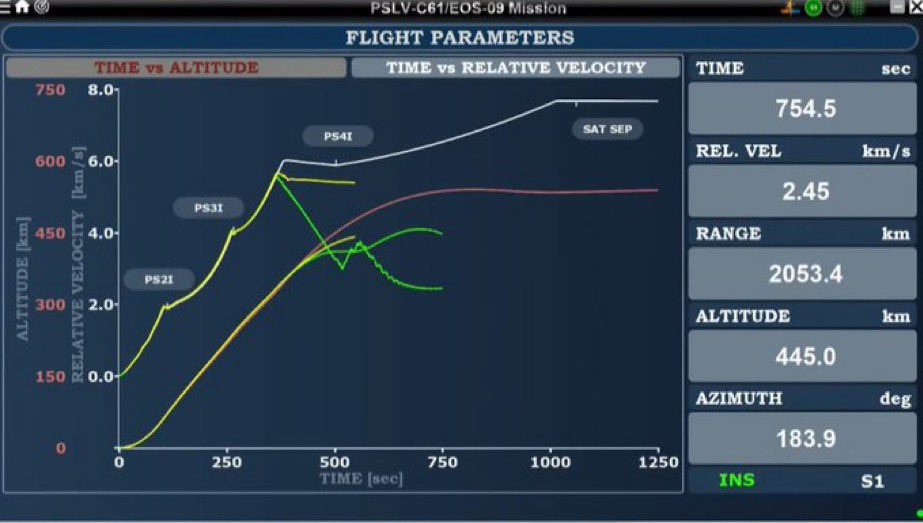China launched the Huanjing 1C (HJ 1C), Xinyan 1 (XY 1) and Fengniao 1 A/B (FN 1A/B) satellites on a Long March 2C launch vehicle at 2253 GMT on 18 November from Taiyuan Satellite Launch Centre in China.
The HJ 1C satellite carries a S band (3.13 GHz) synthetic aperture radar which is to provide imagery with a best resolution of 20 metres. The satellite had a launch mass of 890 kilogrammes and will fly in a dawn/dusk sun synchronous orbit at an altitude of around 500 kilometres. The satellite is expected to operate for three years and provide imagery for disaster monitoring.
The XY 1 satellite is a small satellite that will be used to test new technologies in space.
The FN 1A/B consists of two spacecraft which were separated from the launch vehicle joined together. Once on orbit the FN 1B satellite will be deployed from the FN 1A satellite. The FN 1 mission had a launch mass of around 160 kilogrammes and once deployed the FN 1B will have a mass of around 30 kilogrammes. The spacecraft will then demonstrate formation flying technologies and are expected to operate for up to three years.







